
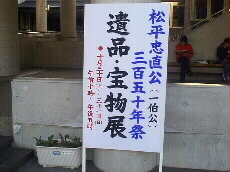
A municipal paper reported the other day that 350 anniversary of Tadanao Matsudaira was to be held in a community hall in Magari district of Oita city. I visited there for the first time.
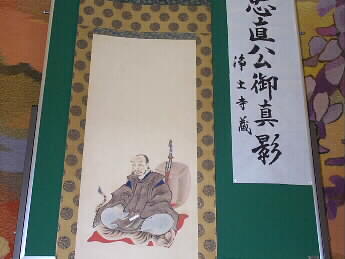
Tadanao Matsudaira was a grandson of Ieyasu Tokugawa, the founder of Tokugawa shogunate. Tadanao was the feudal lord of Echizen - today's Fukui prefecture facing Japan Sea - governing 680,000 Koku of rice territory. He incurred the rage of Ieyasu and moved to Oita at the age of 29. He become a priest and gave his name as Ippaku. He lived his happy life and was loved by the residents here in Oita and died at 56. His residence was here, just close to Tsumori community center.
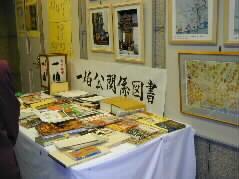

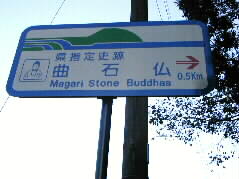

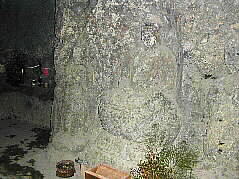
The Buddha statues were located in a cave- the size of 6 by 7 meters in height and depth - on a steep precipice. On the left is a sitting statue of Shakyamuni, whose head, chest, wrist, and knees are made from different kind of stones. The statue was sculptured in middle Kamakura era - some 700 years ago. On the right is another sitting statue of Shakyamuni engraved in a dent of the precipice. It was the oldest statue in this area, made in late Heian era, some 1,000 years ago. There are many stone Buddhas here in Oita. I could see many interesting things today.
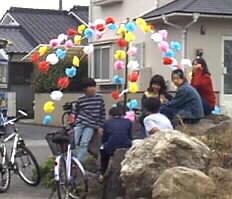
Tadanao Matsudaira was moved to Oita and lived at Tsumori village. Totally different from his raging days in Echizen, he turned to a religious lord in here and lived a peaceful days. He built a branch of Kumano shrine here and visited it enthusiastically. Today is the festival of the shrine. Many ornaments are here and there on the streets.


Kumano branch shrine is on the top of a small hill called Ikarijima just across a local railroad station Takio (left.) The entrance of the shrine was also decorated with ornaments and banners.


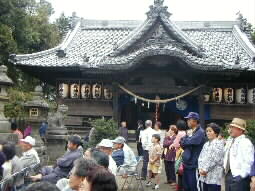
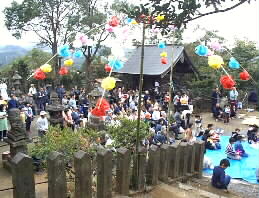
The roof of the shrine was covered with tiles of "Three hollyhock leaves", the symbol of Tokugawa shogunate. The shrine was first built by feudal lord Ohtomo in 1196, moved to Kasuga Main shrine after the fall of him, then rebuilt by Tadanao under the name of his second son Matsuchiyo. Many local people still worship the shrine.
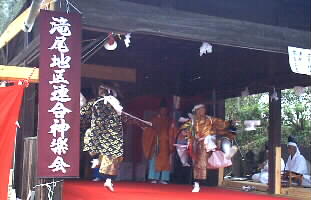
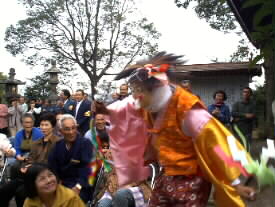
On the annexed stage, Kagura dance was playing by the local dancers (left.) A clown called Hyottoko suddenly sprang up from behind the shrine and caught a small kid to take him up on the stage with a comical gesture. They danced vividly and got the stormy applause from the audience. It is said any kid who was picked up onto the stage would grow healthy.

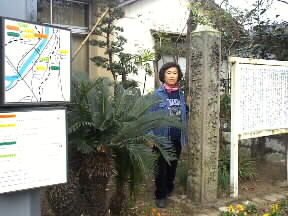
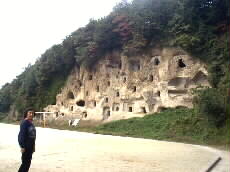

In this district, we have another interesting point of view. You can't miss it; a group of ancient tombs called "One Hundred caves of Takio." The tombs date back to early sixth century. The actual number of the cave is 84. They are old graves, corps was laid in and the entrances were sealed with large stones. As time went on, almost all graves were repeatedly robbed and destroyed, leaving nothing inside. The precipice today is a part of ground of Takio junior high school. School kids were playing a soccer game on the ground. It was strange enough for me to think back over more than 1,300 years. I have experienced a local history in two days this time.